|
Here's something that's awesome: when random people you don't know write to you out of the blue to tell you they love a book you wrote. Twenty years ago if you read a book and wanted to tell the author so, I guess you went to the library, did some research (microfilm/fiche of articles written about that author that might mention a hometown by way of local color?), figured out where he/she probably lived, located a white pages from said hometown, and crossed your fingers the address wasn't unlisted. And hand wrote a letter. I have a borderline unhealthy amount of author-worship myself and did even as a child, and it's not just that I never did this; it never even occurred to me to do so. Nor anyone I know. My sister and her friend Sharon used to write love letters to Kirk Cameron pledging marriage. But no one I knew ever wrote to an author pledging so much as admiration. Now the research involved in locating an author is a .19 second google search. If you read your books as e-books, sometimes the link is actually embedded, so it doesn't even take that long (what will you do with your extra .19 seconds?). So lots and lots of people take a moment after finishing a book to look up the author. In fact, I wonder if it's most. And lots of those people take a few minutes or a little more to write an email or post on my FB wall or send me a tweet as to how much they like the book. This is, of course, gratifying in the extreme, and I am always very grateful. I knew I'd get some of those emails from my experience with book #1. What I didn't count on this time was how sad some of the letters would be, how downright heartbreaking. The book is about mourning, and a lot of people have written to me about their own losses, and those are very sad. Topically, I've gotten some emails from tech folks too and some from doctors, but the best/worst are the heartbreaking ones. I worked very, very, very hard to consider thoroughly and represent carefully mourning and loss from a variety of perspectives. In fact, though I didn't (and still don't really) know who these note-writers are, I thought of them while I was writing. I kept in mind always parents who lost kids to leukemia and brothers who lost brothers in car accidents and wives who lost husbands too early and what a shit cancer is. So I am grateful that this book gives some comfort/solace/recognition/support/diversion/remembrance to people who see themselves in it. But I am very, very sorry too. Meantime, if you've read the book and taken some time to write me a personal note about it, thank you. It means the world. P.S. That's not really my sister up there. Here's my actual sister (with my actual nephew). Kirk should be so lucky. P.P.S. Do you look up authors upon finishing their books? Do you usually drop them a note some way or other if you liked it? Do you ever write to authors of books you hate to tell them so?
As you may or may not recall, before this book, I wrote another one. The Atlas of Love. Not a title I chose. It has on its cover -- both hard and paper -- a woman holding a baby. I didn't choose it either. It looks to me like a book about parenting. The Atlas of Love is not a book about parenting. It looks to me like the child is obliterating entirely the identity of the woman holding it. The Atlas of Love is about maybe the opposite of that. An early cover mockup had a naked baby (overhead shot from behind -- i.e. butt up) crawling across a bed...but Walmart won't carry books with nudity on the cover. An early cover mockup was yellow with books, but yellow clashed with another cover B&N was planning to stock at the same time. People like the cover we ended up with, so okay. People tell me they bought the book because of the cute baby on the front, so fair enough. Baby: cute enough. Dress: adorable. But the cute baby on the front is blond, and the baby in the book, in my mind, is decidedly not blond. In early drafts, Jill, the baby's mom, was in fact African-American, but this yielded some problems. Mostly those problems were that you can't write about race incidentally in this country right now. You can mention offhandedly that a character is a redhead and never revisit or consider that fact or its ramifications ever again. It's like describing the weather or a chair. But you cannot offhandedly mention, by way of giving descriptive visual details on a character, that she's black and then not write about that fact. A lot. This, of course, is because being African-American affects one's life roughly 2 to the millionth more times than having red hair does (in this country at least) and that race generally impacts and indicates more than hair color. Fair enough. In any case, I did not want to write primarily about race and found I couldn't write incidentally or even secondarily about or around race. Instead, I went to some lengths to describe no one physically in the book. I didn't indicate hair color or race or body size or eyes or anything really. Of anyone. I left it up to the reader. My cousin points out that this is in part because I myself don't much notice or judge people based on what they look like -- I would truly be the world's worst eyewitness to a crime. And as a reader, I hate being told what things and especially people look like. And I suppose one can assume some things: if these characters were, say, 400 pounds overweight, they'd have mentioned it, and it would have a noted effect on their daily lives. So they must be neutral, whatever neutral looks like to you, and the book takes place in Seattle where neutral is probably white, depending on their neighborhood. In my head, neutral is never blond, but that's just me. Just me, whosoever 'me' is, was exactly what I was going for. Anyway, here is the Brazilian cover: I love it. Just love it. And yellow! Suck on that B&N. And pretty. But mostly, the focus here people-wise, as in the book, is on the three friends. Let's go in for the close-up, shall we? To my eyes, one of these women is black; the other two I cannot tell. Perhaps to a Brazilian, the races of all three are immediately obvious. No doubt, those races connote something entirely different in Brazil than they would here anyway. Maybe the hairstyles mean something too. I don't know. In any case though, silhouetting them both posits an answer to what they look like and makes it impossible to tell. That (non)answer seems just about right to me.
Covers don't depict what's inside. We don't expect them to. I don't even want them to. My husband argues that the US cover's woman and baby are so clearly not the baby or any of the women in the book that it makes for an interesting dialogue. I also realize that no one thinks about the cover as hard as the author. If people think, "Cute baby," and pick it up to read the back, that's already a victory, and a sensible person (i.e. not the author) would choose 'sells books' over 'interrogates thematic challenges presented by the text' every time. Still...Obrigado Brasil! Eu adore o! I mean there are so many puns to make with "cover," it's hard to choose. Barnes and Noble goes with "Cover Stories," which is clever. Most accurate would have been "Choosing Cover," but that works less well. With Atlas, I could have gone with "Under Cover." In fact, more about Atlas covers in another blog post soon -- some pretty good stories there. Meantime, here's the piece I wrote for B&N about the Goodbye For Now covers in the US and UK. Can't wait to see the other 25 or so that are coming from lovely, hardworking, leap-of-faith-taking publishers around the world. I feel very lucky to be two for two so far -- I adore both of these covers. Which do you prefer? US Cover...you know, in case you haven't seen it elsewhere. UK cover...in case you aren't in London right now. Poor you. And me. Or what might you have done instead were you designing the cover for this book? I've been getting some emails from readers who admit to puzzling over the cover in the store -- they read the flap; they look at the cover; they don't get the connection until they read the book. I get that. Do you want covers to broadcast the...theme? Point? Setting? Surface plot? Hint at the twist? Portray the characters? Convey the mood? Throw you off track? Simply intrigue? Or just be pretty?
Or do you not give a crap about the cover at all? Especially now that such a large percentage of people only ever see the thing as a 1x1 inch jpeg on Amazon, is all the effort and angst and expense wasted on book covers? Can you imagine books without them? When paper books more or less become a thing of the past? What need we of covers if we have nothing -- no thing -- to, you know, cover? |
About The AuthorLaurie Frankel writes novels (reads novels, teaches other people to write novels, raises a small person who reads and would like someday to write novels) in Seattle, Washington where she lives on a nearly vertical hill from which she can watch three different bridges while she's staring out her windows between words. She's originally from Maryland and makes good soup. Archives
October 2023
Categories
All
|
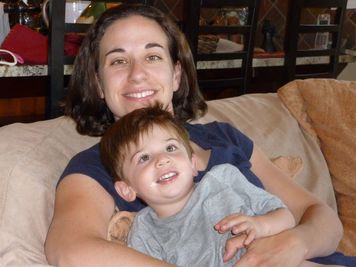
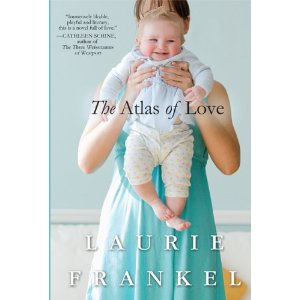
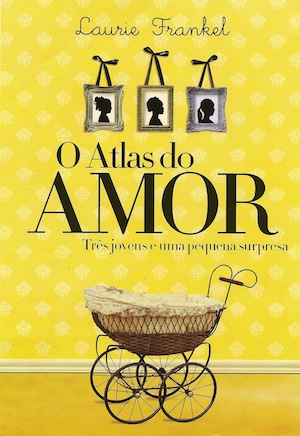
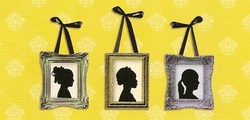
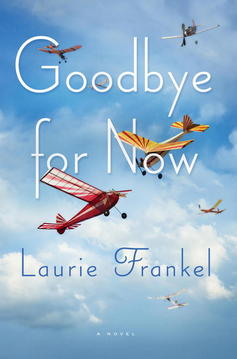
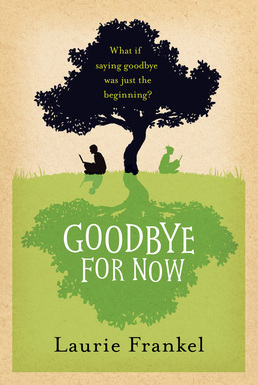
 RSS Feed
RSS Feed